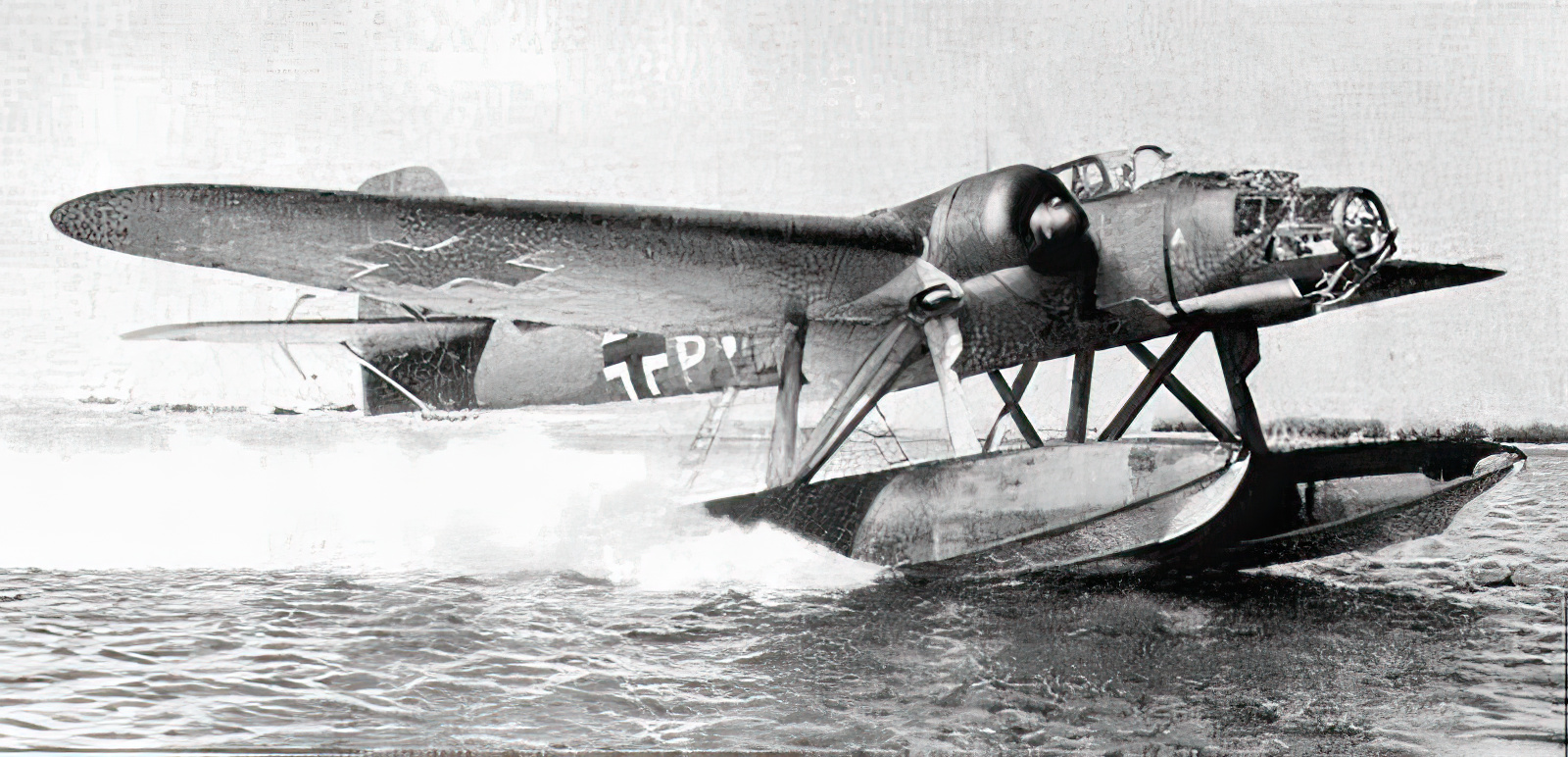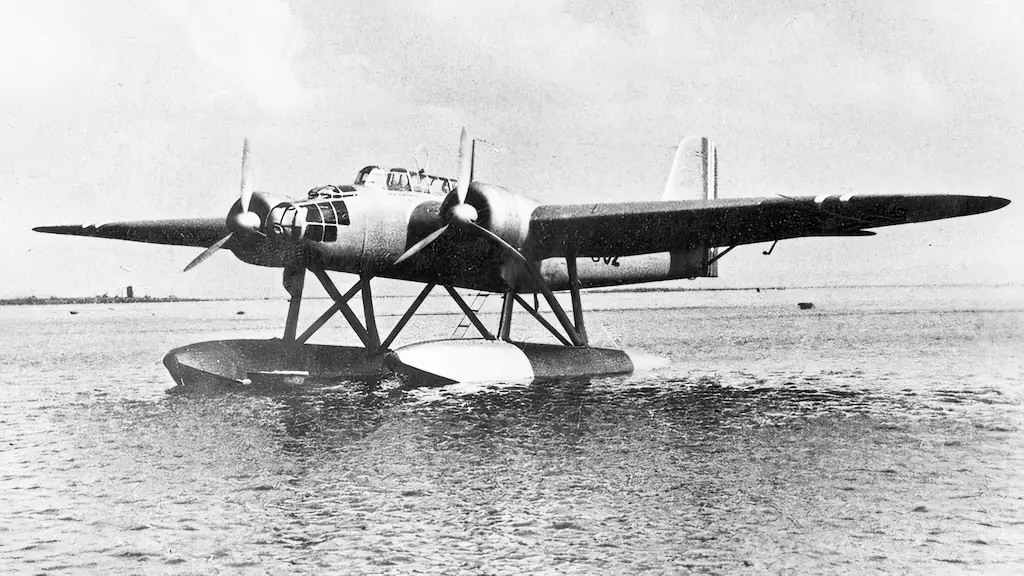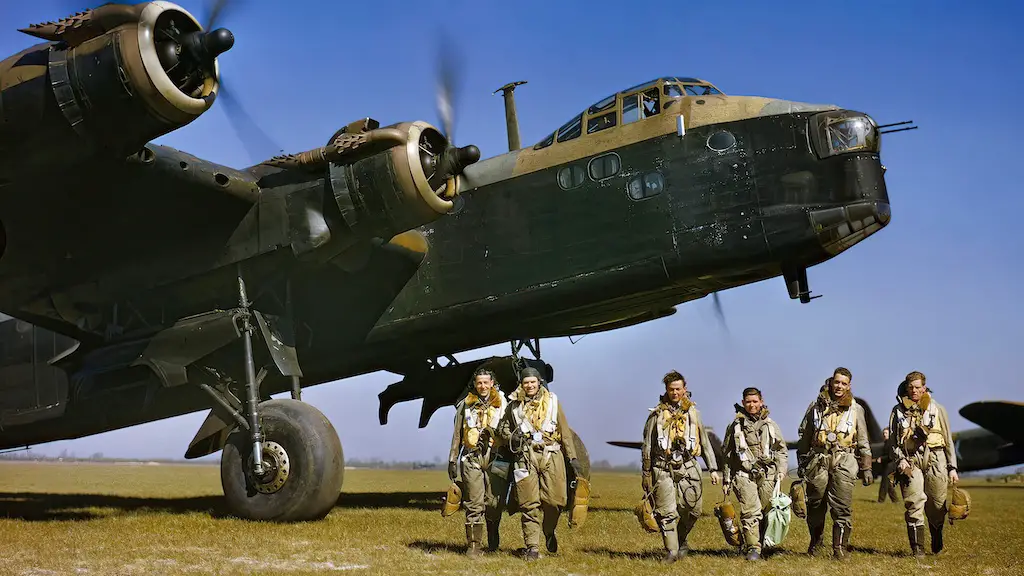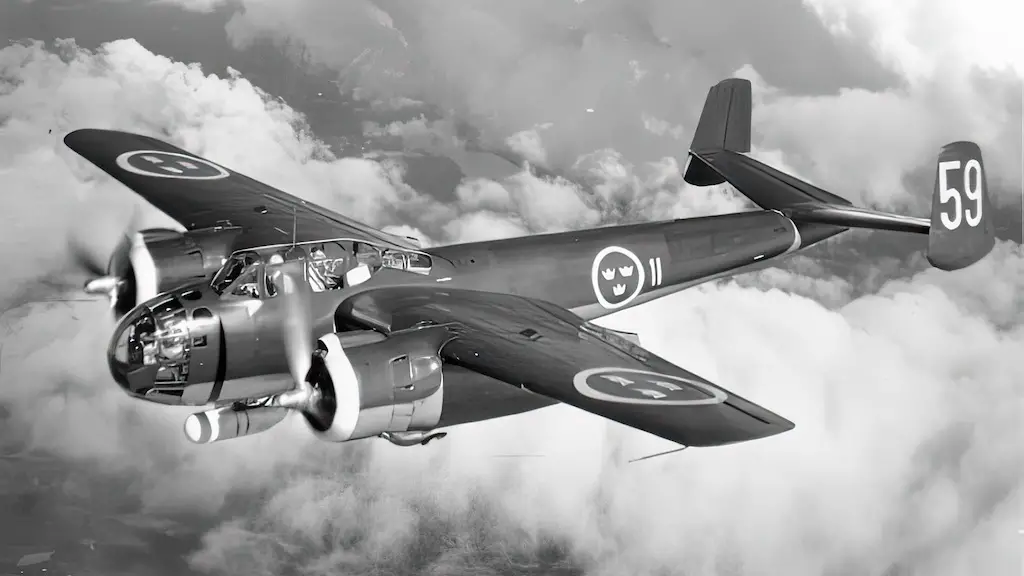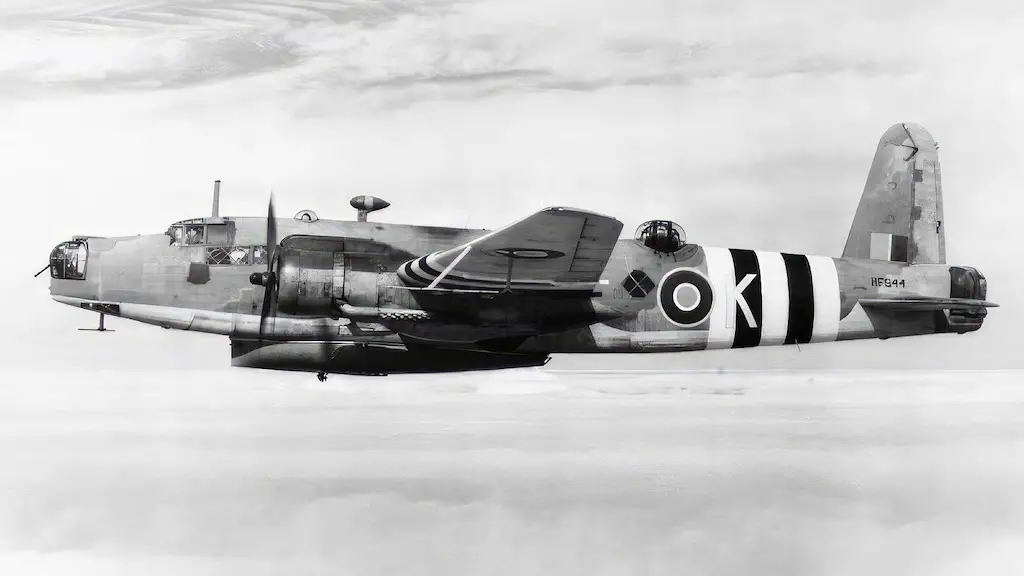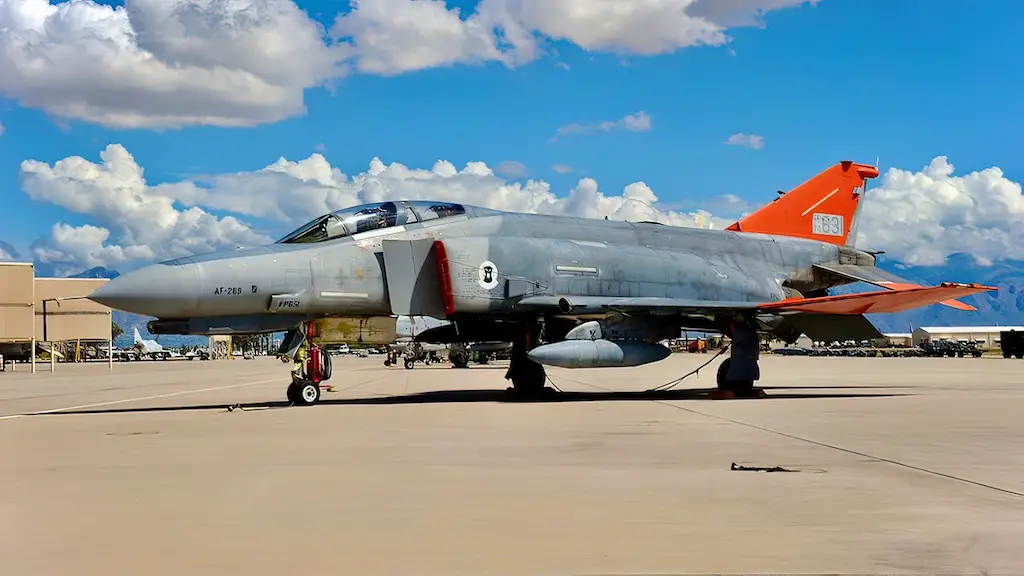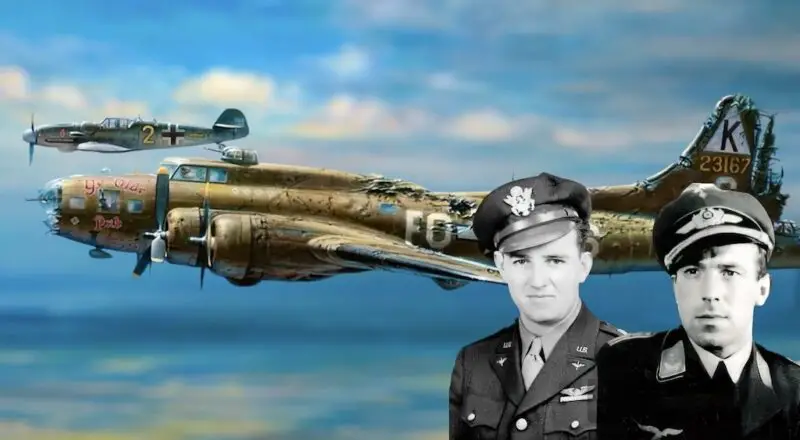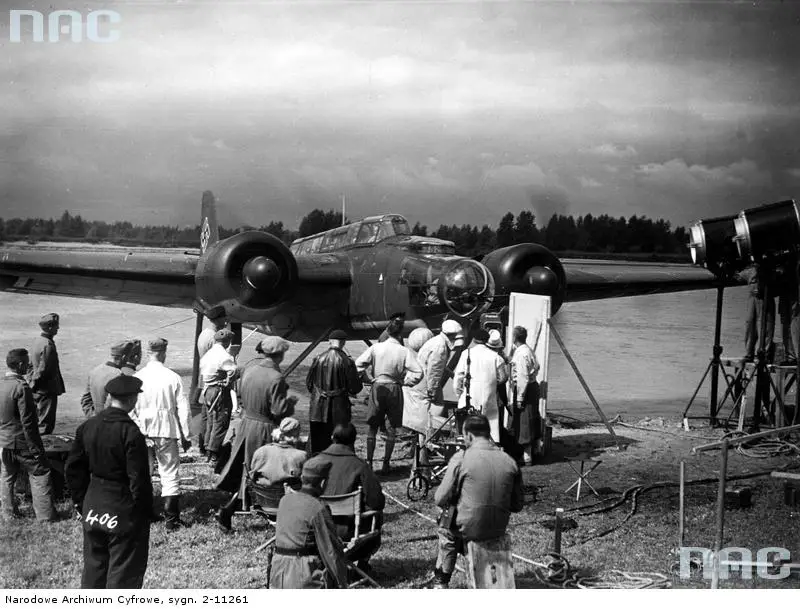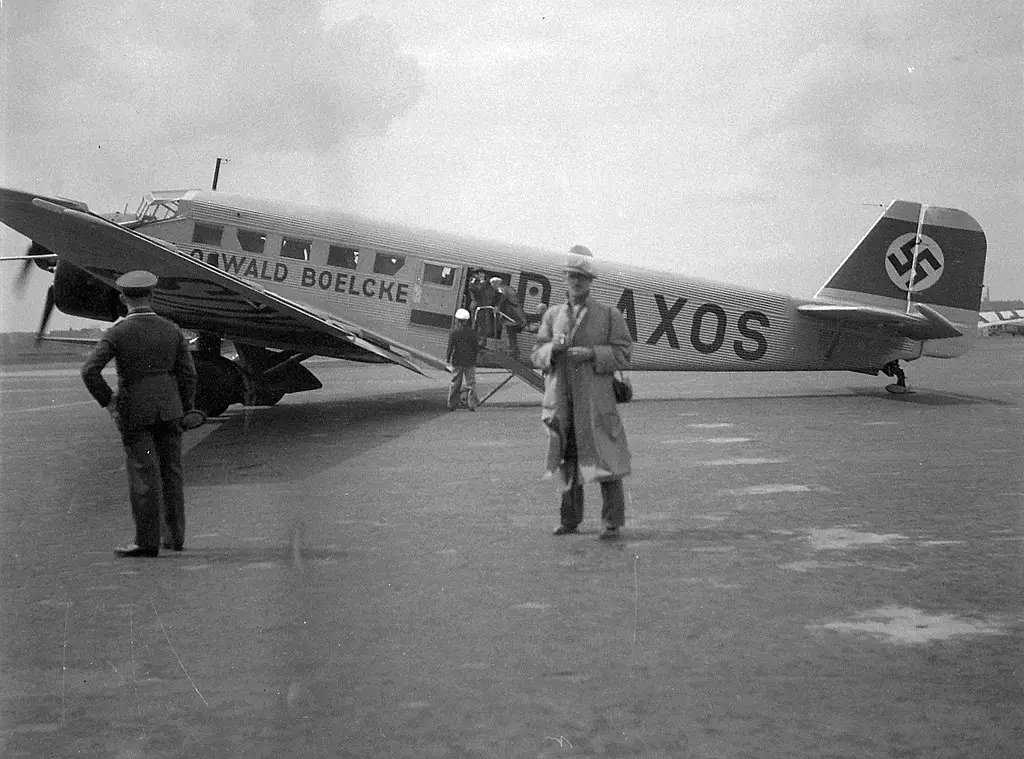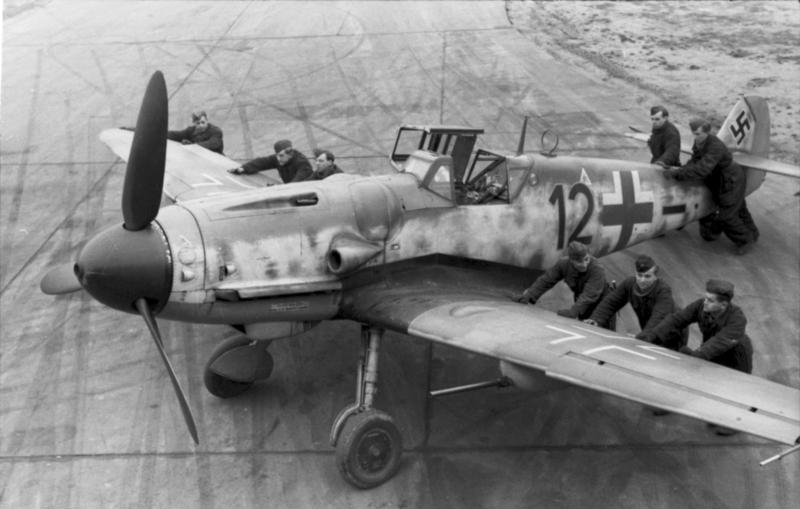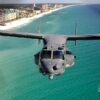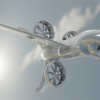Birth of a Versatile Seaplane
The Heinkel He 115 emerged from Germany’s pursuit for a multifaceted seaplane during World War II. Initially developed as a three-seat aircraft for the Luftwaffe, it was primarily designed for torpedo bombing. Alongside these formidable tasks, the He 115 could also perform general seaplane duties like reconnaissance and minelaying.
As the war progressed, the He 115 underwent several modifications to meet the evolving demands of the battlefield. Later models could seat a fourth crew member and were adapted to utilize different engines or support varying weapon arrangements, showcasing the aircraft’s adaptability and innovation.
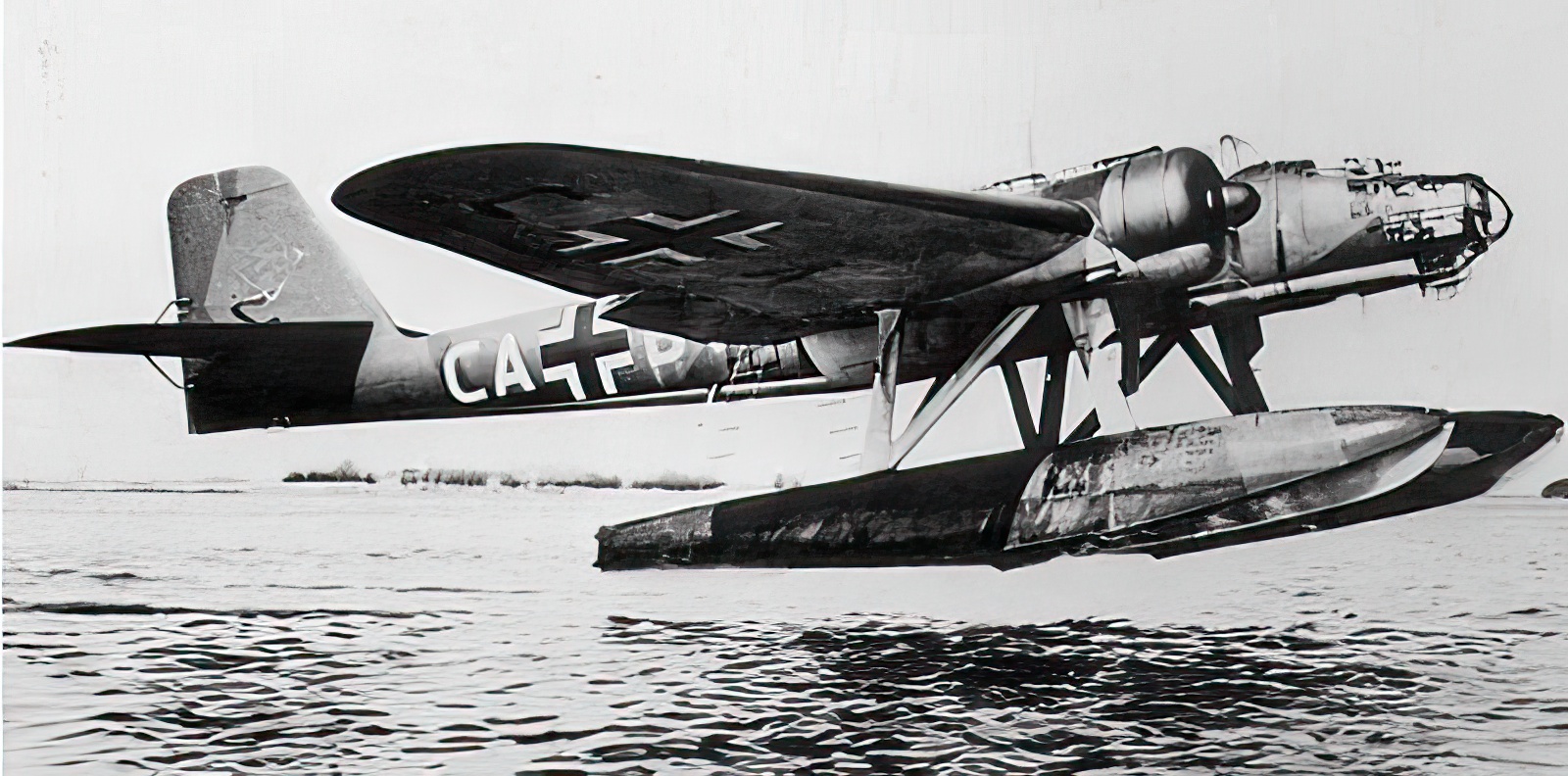
The Engine
The He 115’s power source was an essential part of its design. Originally equipped with two 960 PS (947 hp, 720 kW) BMW 132K nine-cylinder air-cooled radial engines, these engines provided the aircraft with the necessary thrust and efficiency for its broad spectrum of missions.
Subsequent models featured various engines, demonstrating an ongoing commitment to maximizing the aircraft’s potential. The continuous engine evolution underlined the He 115’s status as a versatile and modern weapon of the time.
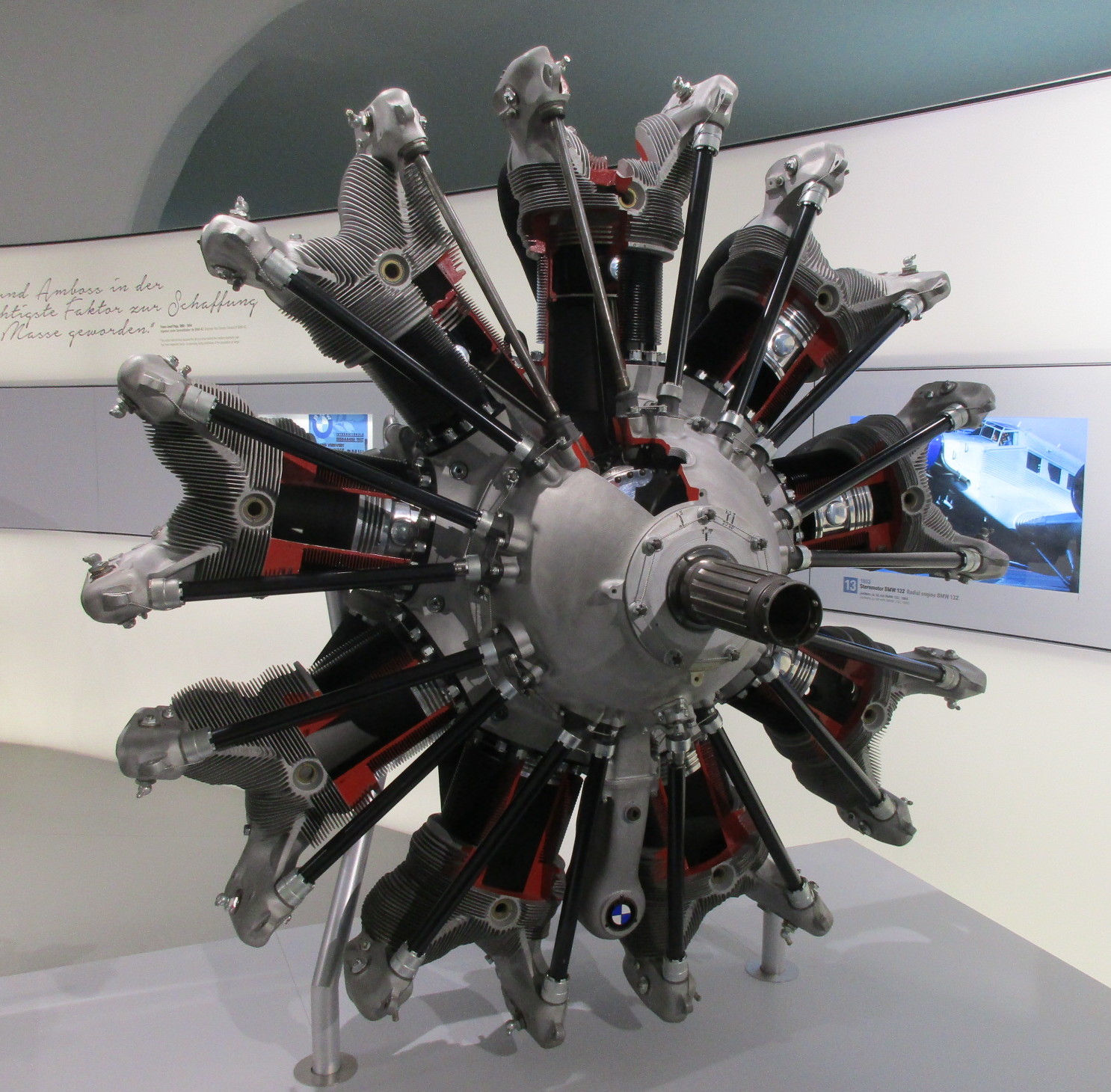
In Flight
The He 115’s flight characteristics were an intriguing blend of versatility and vulnerability. Despite its heavy payload and multirole design, pilots noted reasonable handling and stability in the air, even in various weather conditions. Its flight dynamics allowed it to carry out diverse missions effectively.
However, the aircraft’s slow-flying nature was also perceived as a flaw, especially in certain combat situations. The sluggish pace made the He 115 susceptible to attacks by faster enemy fighters, a concern that played a crucial role in halting planned missions like the leaflet dropping over Norway.
Service Under the Luftwaffe
The He 115’s deployment under the German Luftwaffe was marked by adaptability and robust performance. Its multirole capacity allowed it to undertake various tasks such as torpedo bombing, reconnaissance, and minelaying, filling various roles depending on the need of the mission.
The continuous evolution of the aircraft, along with its capability to perform multiple functions, made it an indispensable asset in the Luftwaffe’s arsenal. Its unique combination of power, flexibility, and ingenuity played a vital role in Germany’s naval warfare strategy.
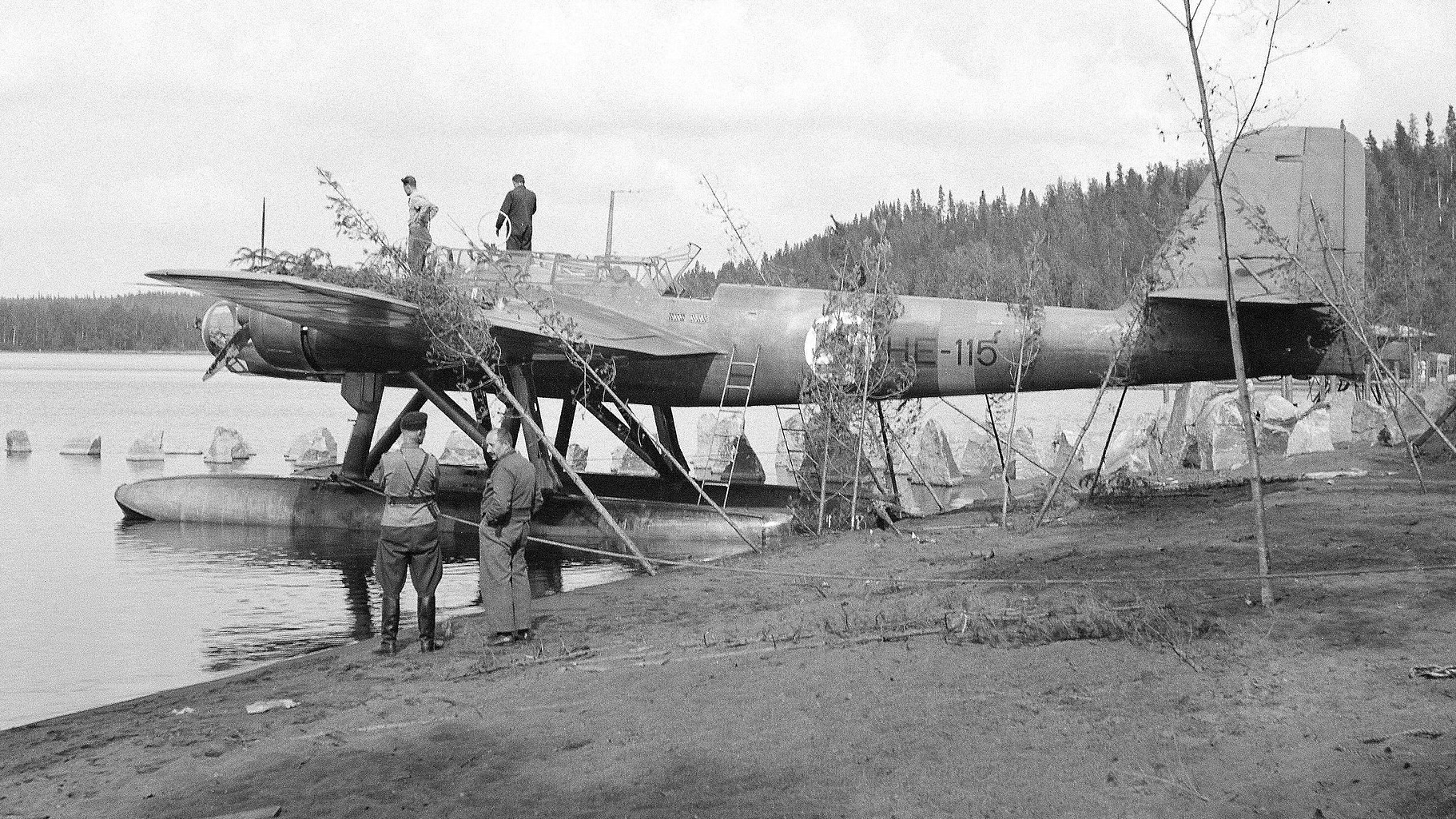
A Twist of Fate
In anticipation of rising tensions in Europe, Norway ordered six He 115Ns for the Royal Norwegian Navy Air Service (RNoNAS) in August 1939, followed by another six in December. However, the German invasion of Norway in April 1940 disrupted the plans.
At the invasion’s outset, the six He 115Ns were spread along the coast, serving in various naval air stations. Tragically, one was captured by the Germans, while two Luftwaffe He 115s were seized by Norwegian forces and served against their former owners during the campaign.
Seven Norwegian He 115s, including the captured ones, were employed against German ships and provided ground support to the Norwegian Army. A triumphant moment came on 14 April 1940, when three He 115s successfully attacked German Ju 52s.
In a desperate bid to escape the advancing Axis forces, four Norwegian aircraft made it to the United Kingdom, while another escaped to Finland. A sixth was lost over the North Sea, and the last was captured and flown by the Germans.
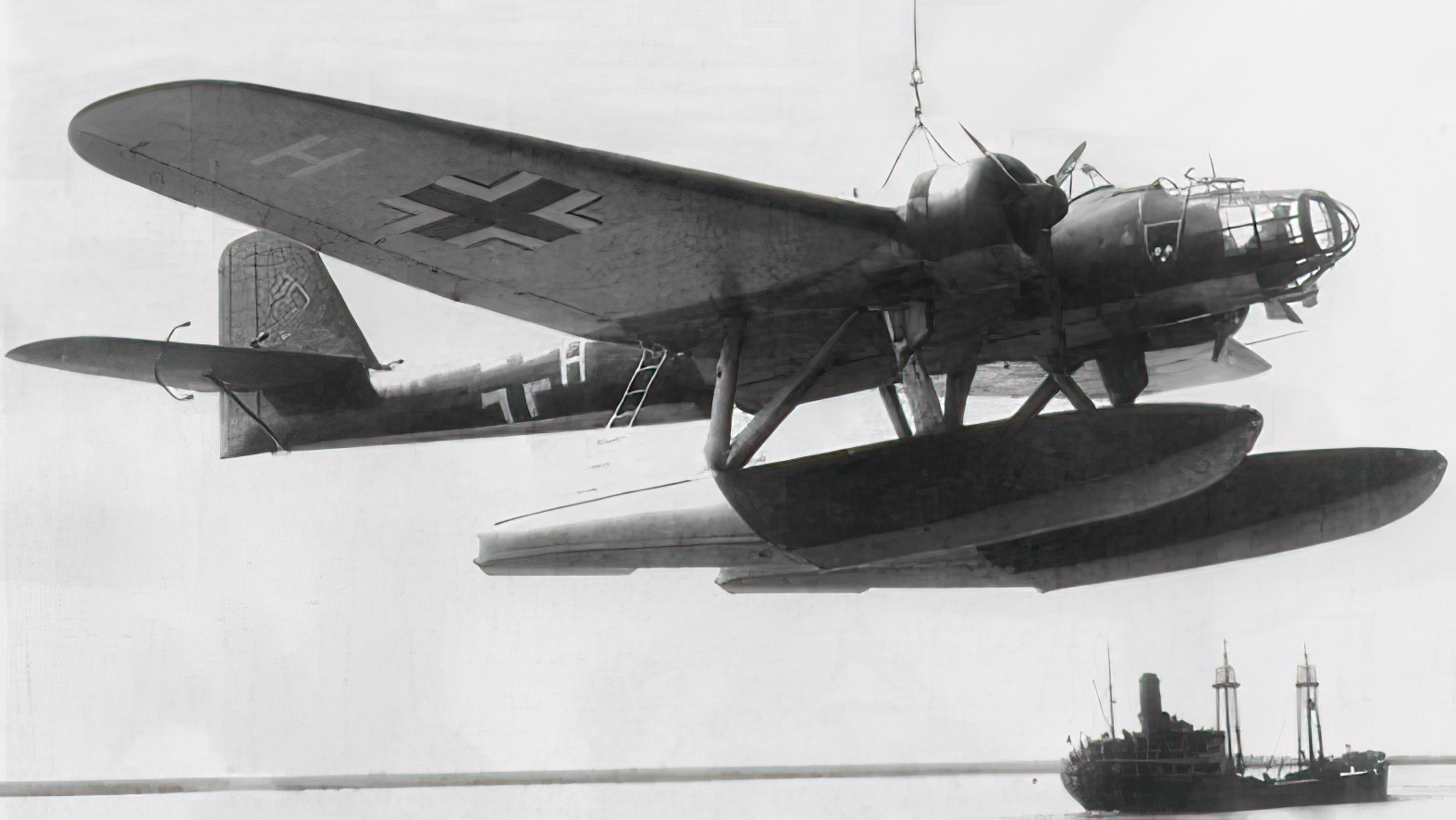
The Flight to Britain and a New Purpose
The four escaped He 115s were reformed into the Norwegian Helensburgh Group and found a new mission under the British Royal Air Force. The exiled Norwegian Cabinet Nygaardsvold hatched plans to use them for leaflet dropping missions over Norway to announce the re-establishment of Norwegian authorities in the UK.
The aircraft were ordered to Scapa Flow for the mission, but one had to return to Helensburgh due to engine problems. The remaining three were set to drop declarations over Oslo, Bergen, and Trondheim. However, the British Air Ministry intervened, stopping the mission as they deemed the slow-flying He 115s too vulnerable. They returned to Helensburgh, their purpose unfulfilled but not forgotten.
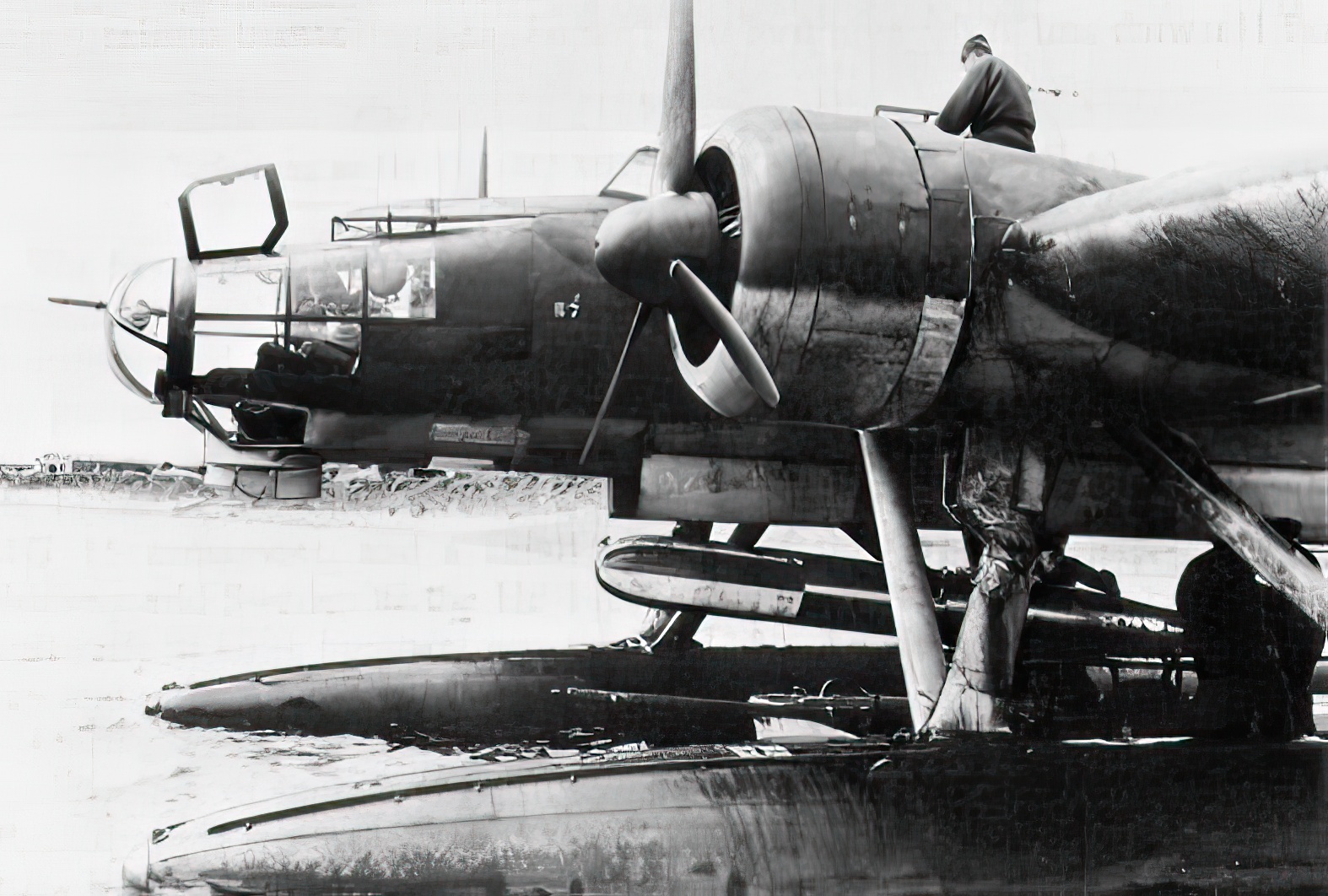
The Final Odyssey of He 115
In the final chapter of the He 115’s service with the RAF, three of the aircraft (F.56, F.58, and F.64), designated as BV184, BV185, and BV187, embarked on covert operations off Norway and in the Mediterranean Sea. BV184 was attacked and damaged by two Polish Spitfires, and it later met its end in a refueling fire in the UK. BV185 was destroyed in an Italian air raid on Kalafrana, Malta, after only one clandestine operation to North Africa. BV187 conducted several missions on the North African coast before being downed by two German Bf 109s. The aircraft that had returned to Helensburgh never resumed its original mission, adding an aura of intrigue and complexity to the story of these unique warbirds.
